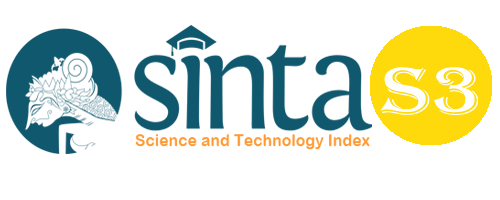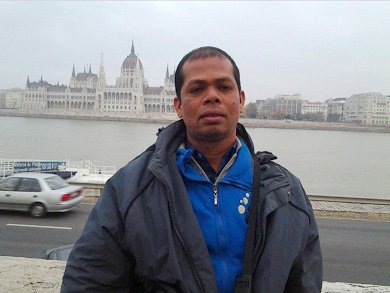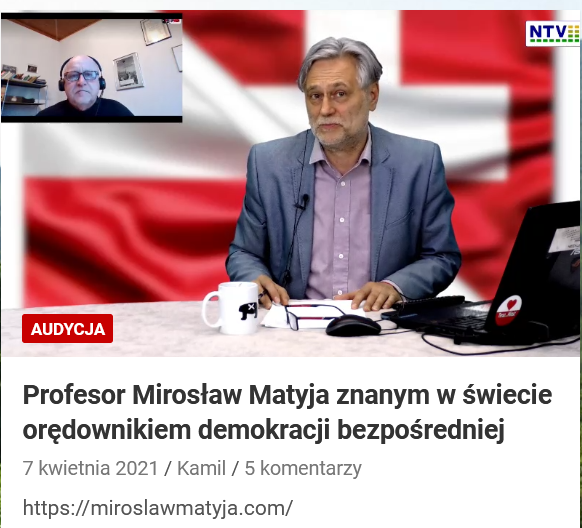Social Media Ethics in the Context of Islamic Communication Review of the Qur'an and As Sunnah
Abstract
In the era of globalization, the process of delivering a message and receiving it is so fast and easy. This is evidenced by the existence of social networking applications that are present on smartphones. The use of social media is very diverse, so that many people, ranging from ordinary people to journalists, can spread what they want. However, unfortunately, sometimes there are those who spread information on social media who do not pay attention to communication ethics, causing untrue news such as hoaxes, defamation, denunciation, etc. all of which are out of the realm of ethics. Whereas in Islam really uphold ethics in communication and prioritize ethics. And in principle, it leads people to experience a peaceful and comfortable life. So as media users must apply ethics, one of these ethics is the principle of Islamic communication, in which this Communication has fourmain points, namely; honest, positive message, tabayyun and silm. Which Islamic communication has two main sources, namely the Al-Quran and As-Sunnah.
Keywords
Full Text:
PDFReferences
Ahmad bin Hambal. (1999). M, Musnad Al-Imam Ahmad bin Hambal, Beirut: Muassah Ar-Risalah.
_______ Apelesl Lexi Lonto, Theodorus Pangalila. (2016). Etika Kewarganegaraan. Yogyakarta: Penerbit Ombak.
_______ Bittner. (1980). mass Communication an Introduction Engelwood Cliffs, London: New Jersey.
_______ Cristian Funch. (2017). Social Media A Crotical Introduction, London: SAGE Publications.
_______ Departemen Agama RI. (2004). Al-Qurran Dan Tafsirnya, Jakarta: Depag RI.
Elvinaro Ardianto, Lukiati Kumala, Siti Karnilah. (2014). Komunikasi Massa Suatu Pengantar, Bandung: Simbiosa Rekatama Media.
________ H. Mahi M. Hikmat. (2018). jurnalistik literaty journalism, Jakarta: pranada media.
_______ Hefni Harjani. (2015). komunikasi islami, Jakarta: Penerbit Prenada media.
Ignatius Haryanto, Jurnalisme Era Digital Tantangan Industry Abad 2, Jakarta: Kompas Media Nusantara, 2014), hal. 10.
Iriantara Iriantara. (2011). Media Relations Konsep, Pendekatan,praktik. Bandung: Simbiosa Rekatama Media.
Khairifa, F. et al. (2019). The Relationship of Social Media Usage to the Satisfaction and Practice of Friendship (Silaturahmi) among Students of Universitas Sumatera Utara. Budapest International Research and Critics Institute-Journal (BIRCI-Journal). P. 575-589.
Mulyana Dedy. (2017). Perkembangan Teknologi Informasi: New Media, Jurnal Umum Unpas, Terbitan Mei.
Morisan. (2013).Teori Komunikasi Individu Hingga Massa, Jakarta: Penerbit Prenada Media Group
Muslim bin Al-Hajjaj An-Naysaburi, Al-jami al-Sahih Al-Musamma Sahih Muslim, Beirut: Dar al-Jail.
Muhammad bin Ahmad Al-Qurthubi. (1964). al-jami li-Ahkam Al-qurran, Kairo: Dar-Al kutub Al-Mishriyyah.
_______Muhammad Bin Ismail Al-Bukhari Al-ju fi. (1422).Shahih Al-Bukhari, Dar Thuq-An-najah.
_______ Muhammad bin Habban, Sohih Ibnu Habban, Beirut: muassah Ar-risalah.
_______ Muhammad bin Isa, Al-jami As-shohih Sunan Al-tirmidzi, Beirut: Darul Al-ihya At Turas Al Arabi.
Muhammad bin futuh Al-Hamidi. (2002). Al-Jam’u Baina Sohihaini Al-bukhari wa Muslim, Beirut: daru Ibnu Hazm.
Nasrullah Rulli. (2016).Media Sosial Perspektif Komunikasi, Budaya dan Sosioteknologi, Bandung: Simbiosa Rekatama Media.
Sardar Zianuddin. (1991). Rekayasa masa depan peradaban Muslim, Bandung: Penerbit Mizan.
_______ Suprato Tommy. (2009). Pengantar Teori dan Manajemen Komunikasi, Yogyakarta, Penerbit Medpress,
DOI: https://doi.org/10.33258/birci.v4i4.3061
Article Metrics
Abstract view : 72 timesPDF - 154 times
Refbacks
- There are currently no refbacks.

This work is licensed under a Creative Commons Attribution-ShareAlike 4.0 International License.

This work is licensed under a Creative Commons Attribution-ShareAlike 4.0 International License.

_.gif)

















_.gif)



